It’s the city where I believe all fairytale movies get their inspiration to design their romantic castles and set the scene for their magical backdrops. I have heard stories describing the city as a dark and dirty one, however Budapest has transformed itself into one of the most romantic, enchanting and historical places that I have luckily been given the opportunity to visit. This of course, could not have been done without the help of the EU, who has funded several initiatives to expedite the process, making Hungary’s capital city absolutely stunning from all angles.
Budapest is dubbed often as “The Pearl of the Danube”, “The Paris of the East” or even “The Gateway to Eastern Europe”. It is a metropolitan oasis with a culture influenced by the Celtic and Magyar tribes that had first settled in the Carpathian Basin, the Romans, the Turks and the Austrian-Hungarian Monarchy. These external influences characterize the city’s landscape through a collection of architectural styles from Roman ruins to Ottoman (Turkish) architecture to Renaissance, Baroque and Gothic/Neo-Gothic styles.
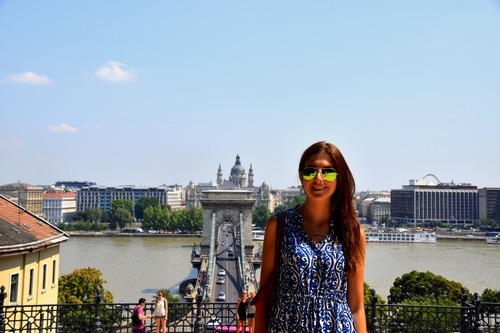
Budapest is disaggregated into two key distinct areas; Buda and Pest. The two towns, separated by the Danube river, and each with its own unique identity, were united in 1873 to become a single awe-inspiring city.
Buda
Located on the west bank of the Danube; it is classified as the more posh side of town, up on the hill and home to the world heritage site of the Buda castle quarter.
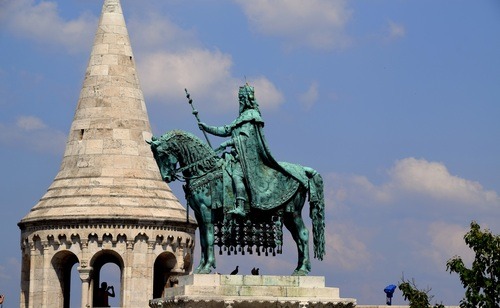
Pest
Located on the east bank of the Danube; with its trendy and bustling atmosphere, it is home to the world heritage site of the infamous millennium underground railway. This railway is the second oldest metro in the world and very chic with its shorter than average metro stops and classic old metro cars.
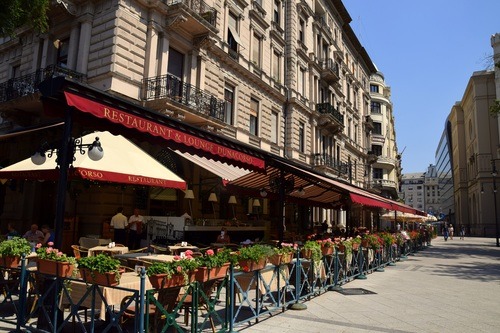
A great way to experience what Budapest has to offer is to first try out the ‘Hostel Culture’ free walking tour. On your free walking tour, you will hear about the history from local guides who will ensure you get a chance to visit all the main touristy attractions such as:
In Buda, the key sights on castle hill include the royal palace, fisherman’s bastion(neo-gothic construction with impressive views of the Danube and pest) and Matthias church (neo-gothic church with a colourful roof inspired by the ottomans). You can take the furnicular (small train) up the hill but I advise putting on your walking shoes and enjoying the scenic views that the more than do-able foot trail has to offer. kkk

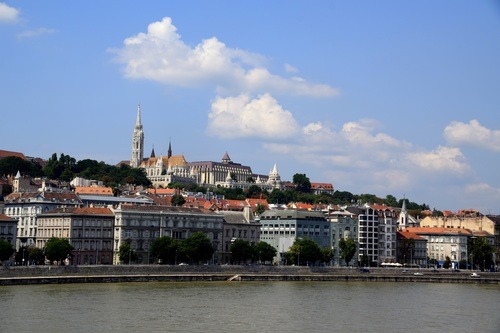
On the pest side, two top recommended sites are St. Stephen’s Basilica (neoclassical architecture which houses the mummified right hand of Hungary’s first king St Stephen) and the Parliament building (the most photographed building in Budapest with a remarkable interior). Take a stroll along the Danube in either the day or night; note that all the city’s key buildings are flooded with lights at night making this night stroll a memorable one.
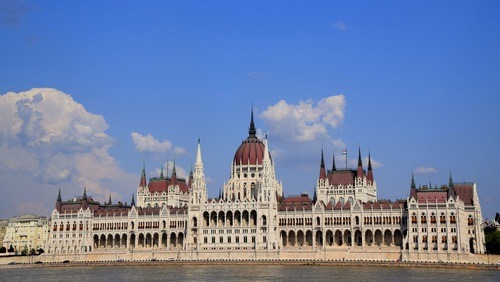
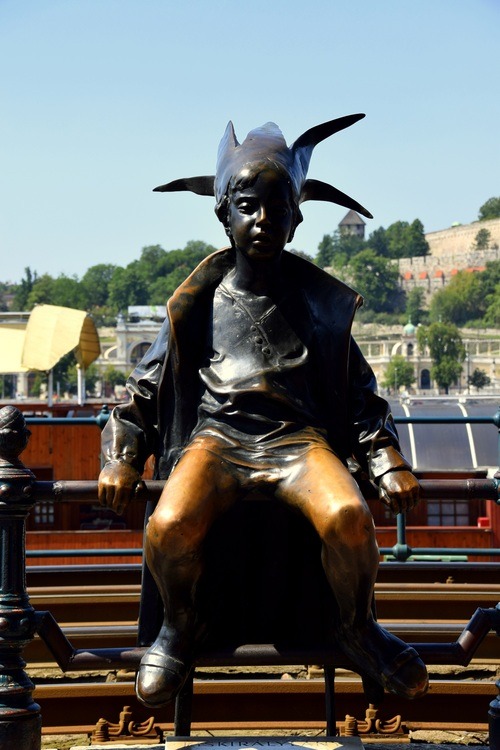
The Turkish baths are my recommended “must do” in the city. These natural thermal baths are amongst the last vestige of Turkish culture in Budapest. Every local has their own favourite bath depending on the type of experience they are looking for and since I only had the chance to visit the Széchenyi Medicinal Spa baths – they are officially my favourite! The Széchenyi Spa was built in 1909 in City Park and is the largest spa in Europe. It is massive bath complex surrounded by beautiful baroque style architecture; it contains 3 outdoor pools including a large lap pool for all you pro-swimmers (hint hint not me!), 3 sauna rooms and around 15 indoor pools, all at different temperatures. The two outdoor pools are 30 Celsius and 38 Celsius; perfect temperatures for soaking your body in all day and night during the summer.

There is a 3100 HUF entrance fee (translates to 13 euros); this fee provides you with an electronic wristband (the key to your locker), which I advise you not to lose! Especially at their Saturday night summer party. The event is very well organized and you get back all the money you do not spend on drinks unless you have had a bit too much to drink and “mistakenly” forgot your electronic wristband and drinks card somewhere on the 67,000 square foot compound. By far one of my favourite nights during my recent eurotrip!
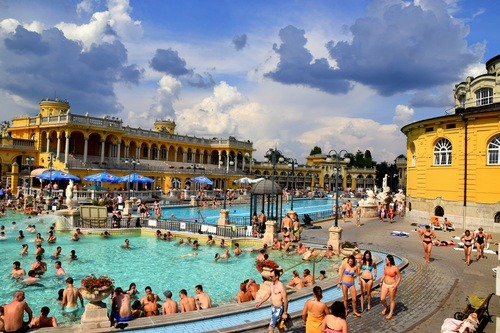
Key things to note:
Budapest is probably one of the most affordable European Union cities with its own currency, the forint (HUF), but make sure not to get your forints at the airport like we did. Big mistake as the exchange rate is not in your favour there. Wait until you reach into the city and check out a currency exchange kiosk to get the best rates.
Dishes you must try: Goulash (traditional soup), fois gras, steak tartare and beef carpaccio, especially at the Bock Bistro – local restaurant with an amazing selection of scrumptious dishes and a variety of traditional wines which are priced quite fair.
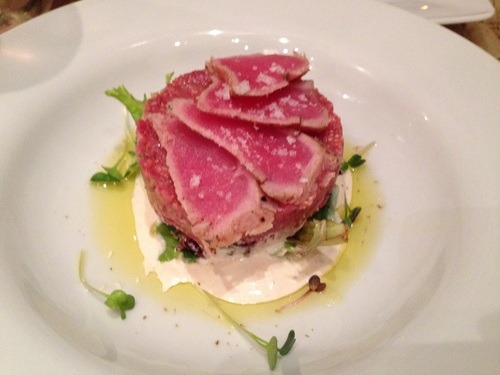
I unfortunately did not have the opportunity to explore the ruin pubs in pest so I am unable to provide you with my honest opinion. But from what I hear, these bars are located in the cellars of old abandoned buildings and factories that were deemed to be destroyed with an eclectic selection of rejected furniture, giving a retro vibe to the once dark and dingy cellars. They are known to be very popular hangout spot if you looking for a chill or wild night out on the town.

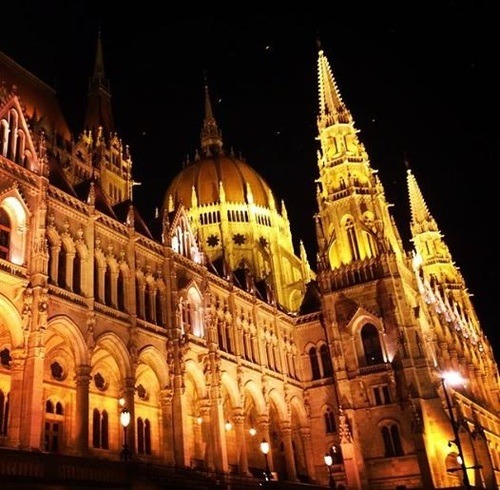
If there is a city that most people travelling Europe mistakenly overlook, it is Budapest. It is worth every Forint 🙂
